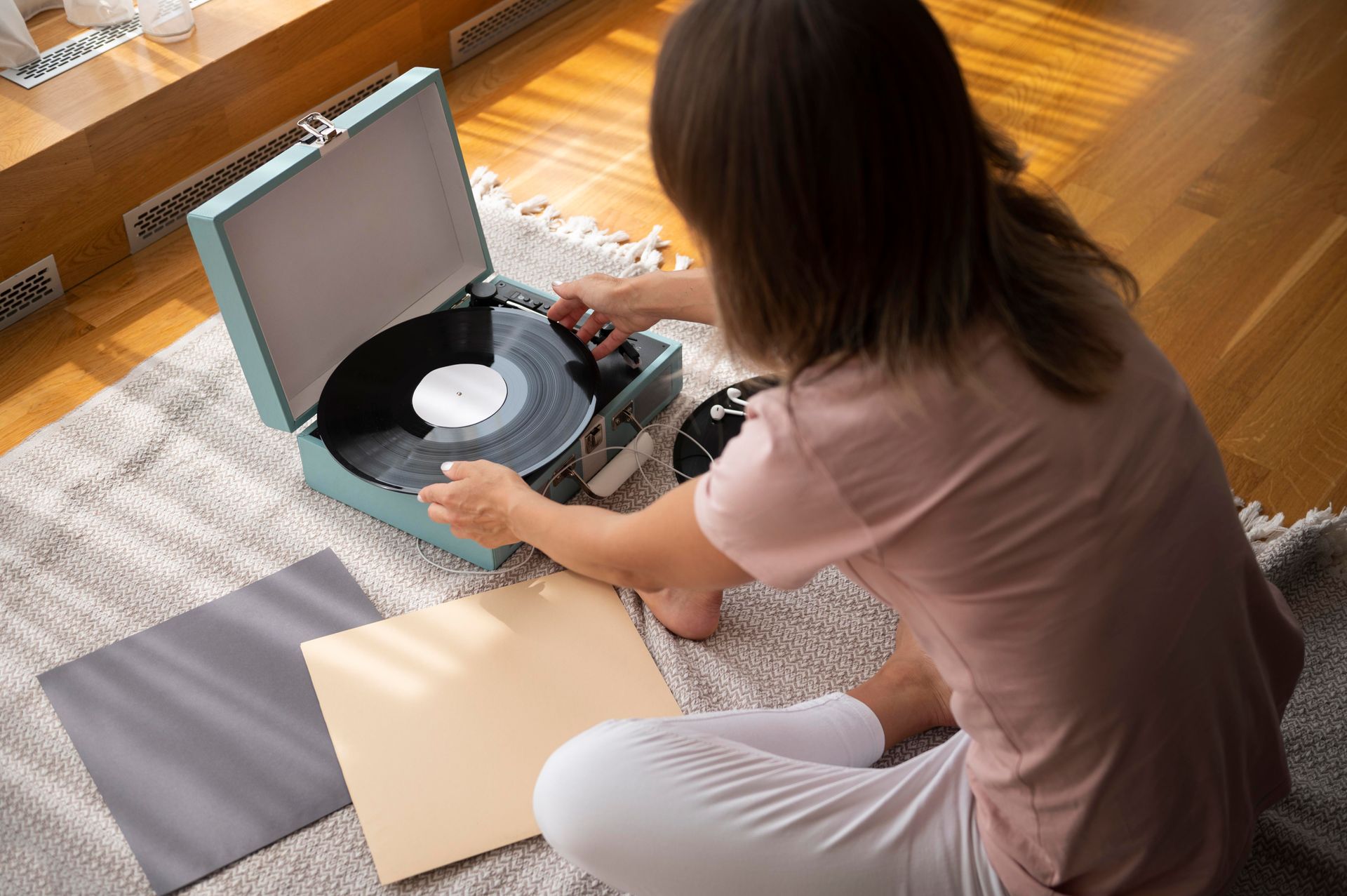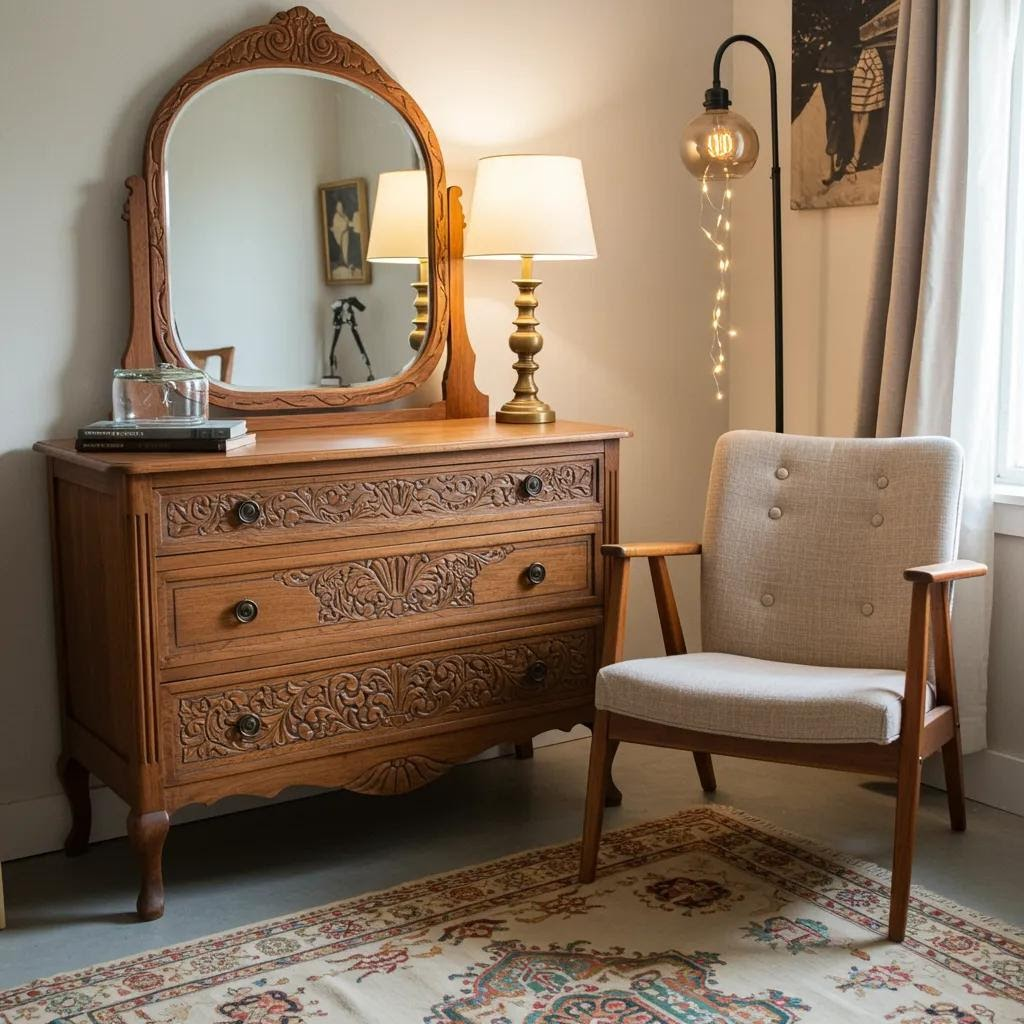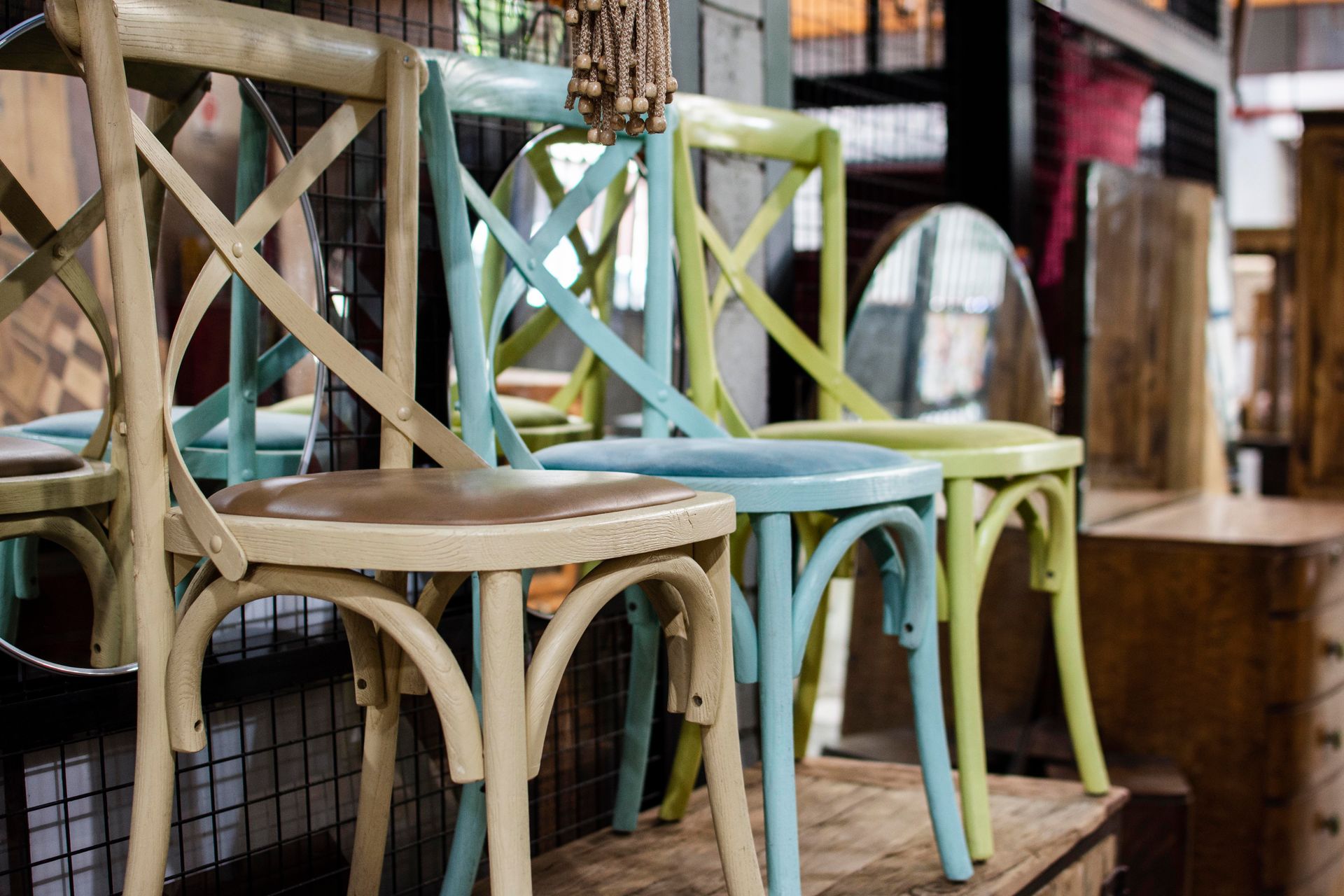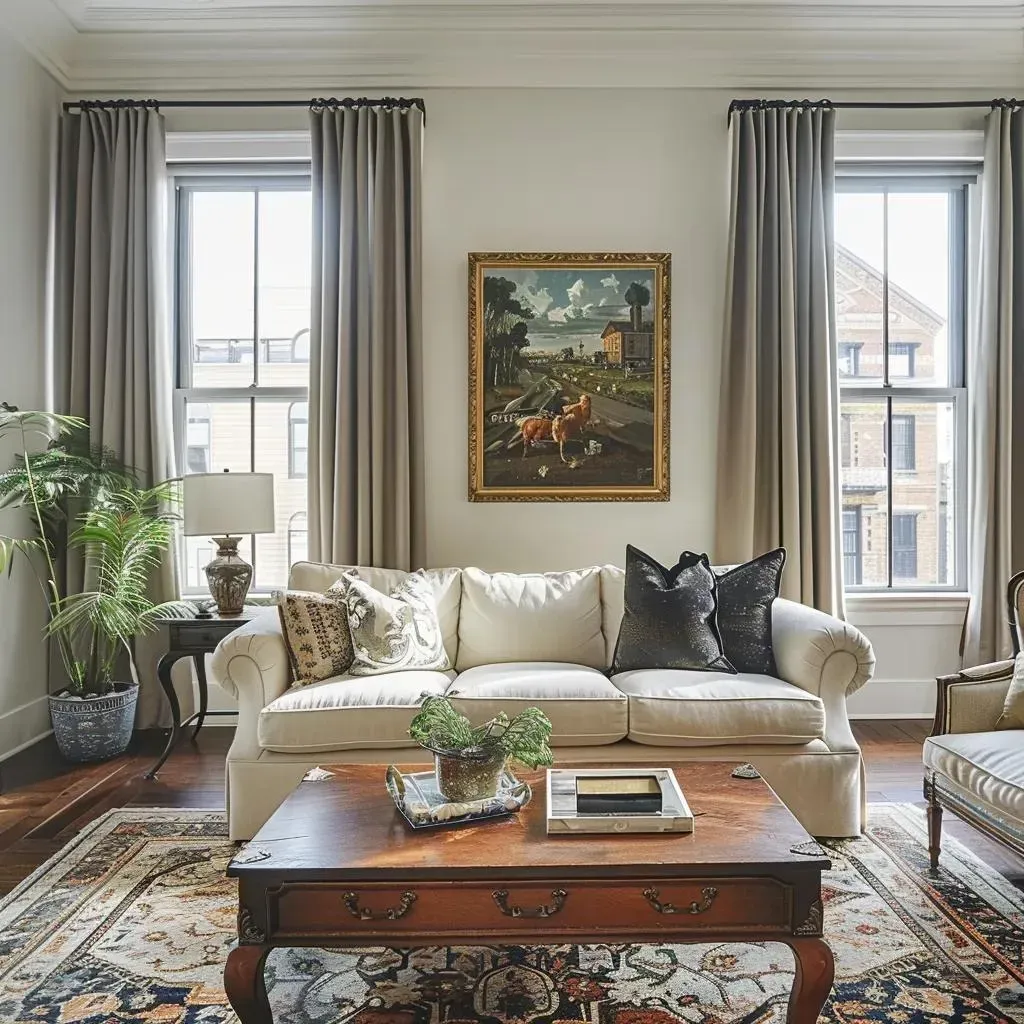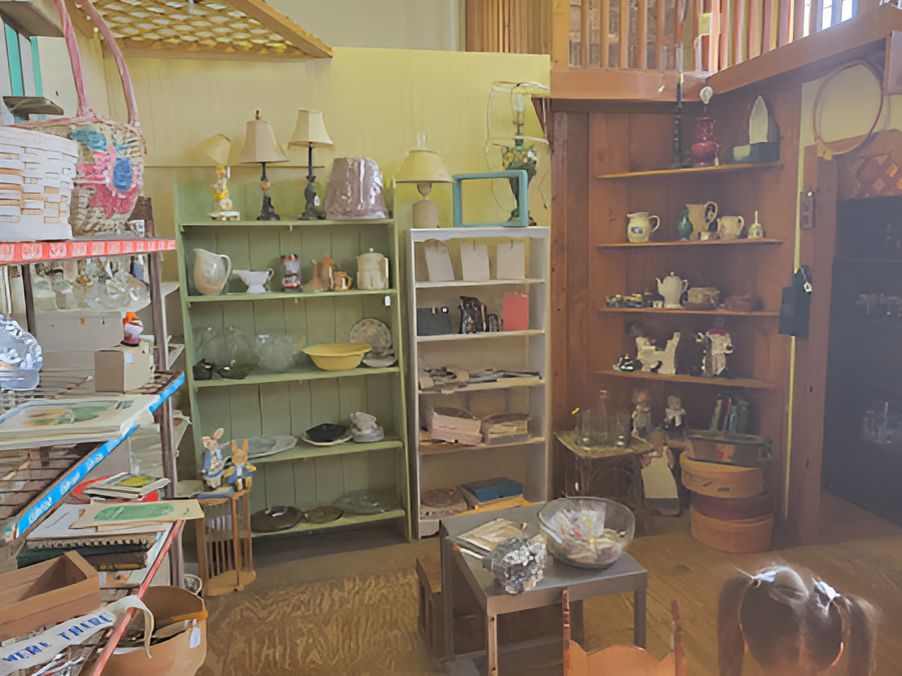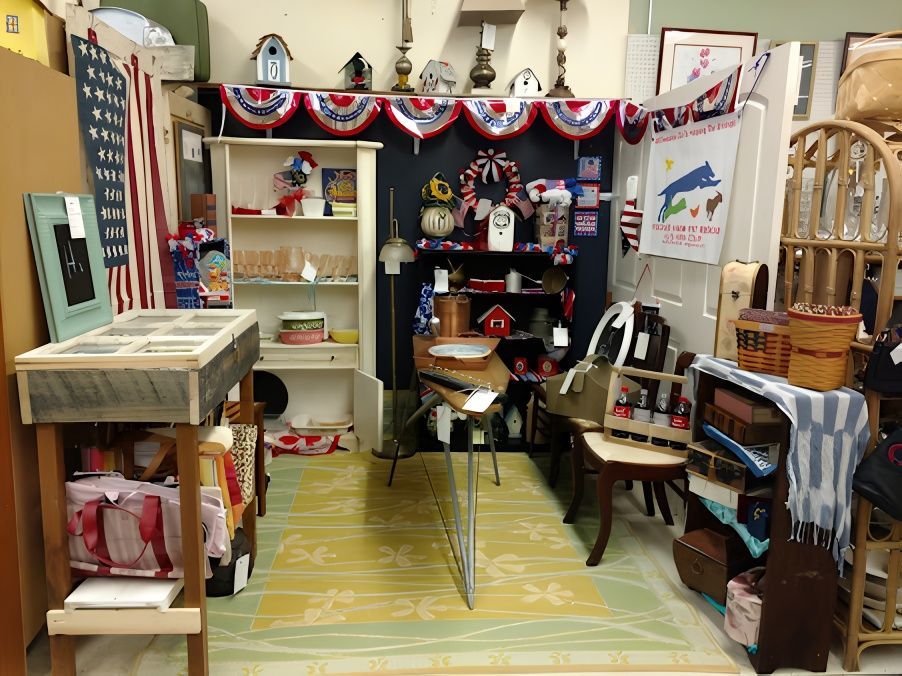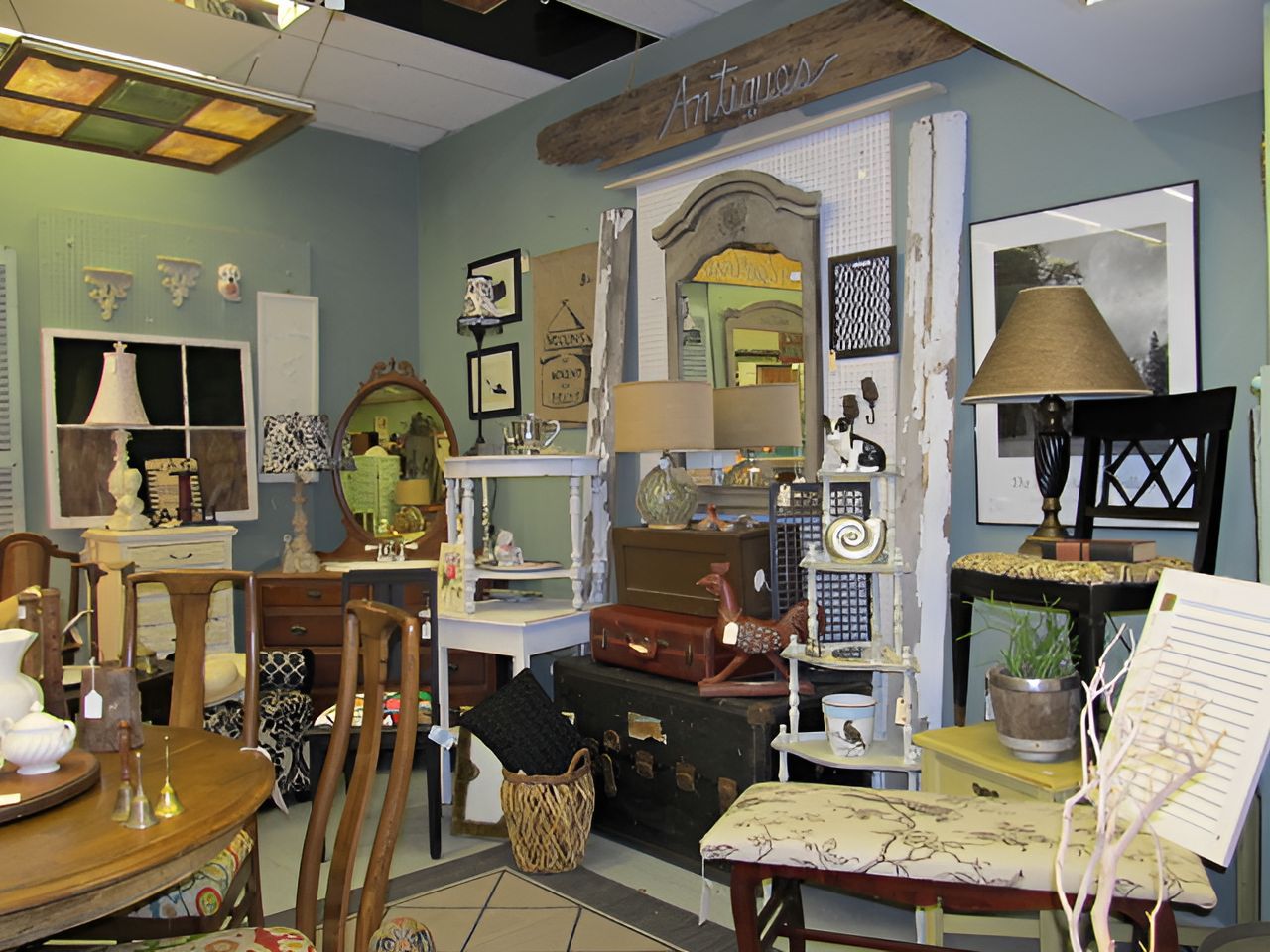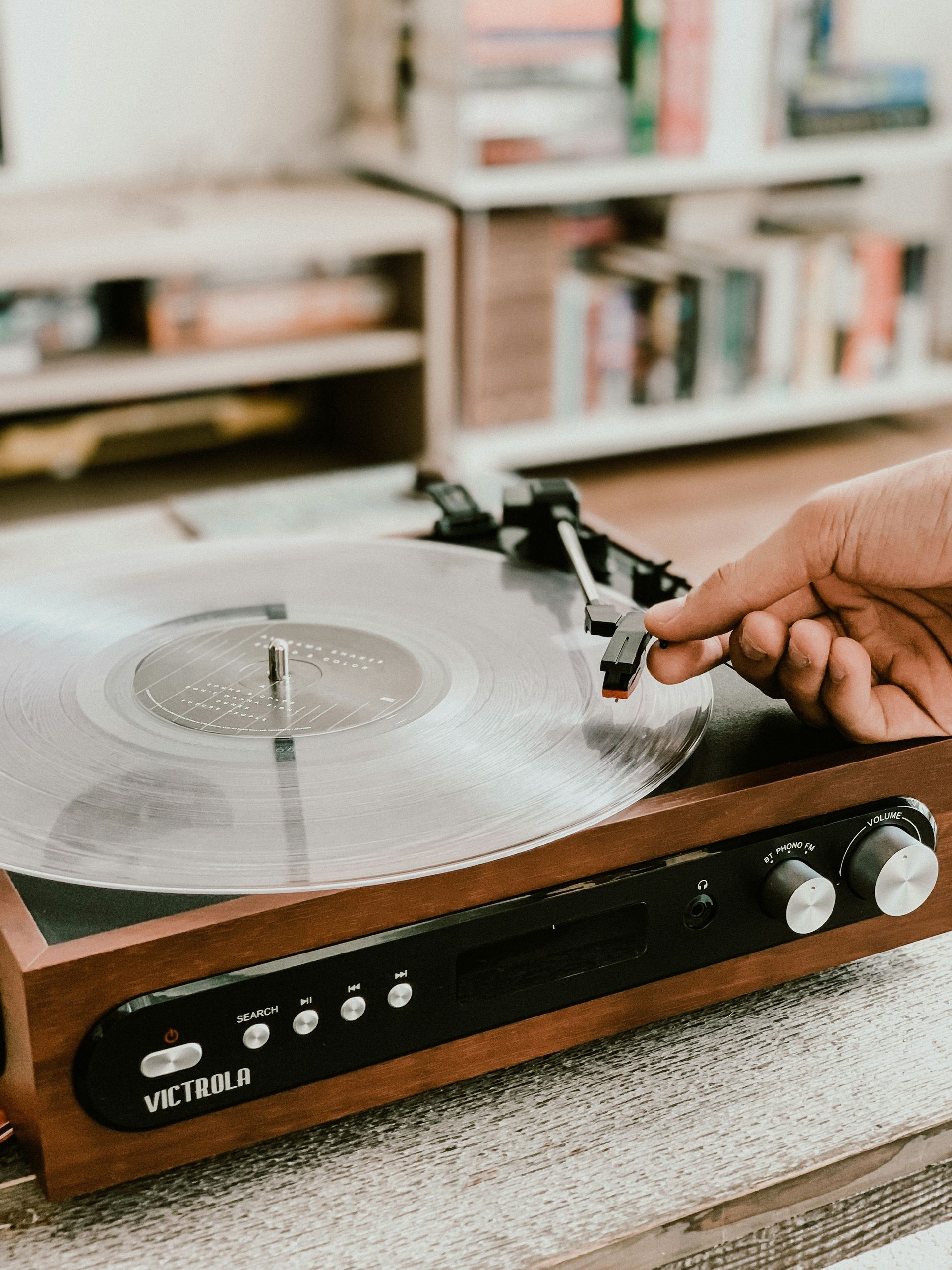10 Signs You’re Holding a True Antique Treasure
Most people think you must be an expert to recognize a true antique. That is not true. Anyone who loves the thrill of the hunt can learn to spot authentic antique treasures. At The Green Bean Exchange, we understand how confusing it can be to know whether a beautiful piece is real or just a clever reproduction.
This post will show you exactly what to look for so you can browse any antique store with more confidence and joy.
Whether you're starting your collection or looking for something special for your home, this guide will walk you through 10 clear signs to look for when evaluating antiques.
1. The "Worn-In" Feel: Touch Tells a Story
Authentic antiques feel different. Run your hand across a wooden chair or table. You’ll often find soft, uneven edges. Newer reproductions feel too smooth. The slight dents and bumps are natural signs of real use over decades.
2. Check for Natural Aging in Materials
Real antiques show signs of natural aging. Look for patina on metals like brass or copper. In wooden pieces, natural fading is common. Fabrics might have gentle discoloration from years of sun and wear.
Fake antiques often look too perfect. Or they may use artificial methods to mimic age, which can feel wrong when you hold the piece.
3. Examine the Construction
Before machines, furniture was handmade. Look underneath chairs, tables, and cabinets for uneven joinery. Dovetail joints (small interlocking wood pieces) that are uneven suggest real age.
Modern reproductions often have perfect, machine-cut joints. If every part looks machine-perfect, it may not be truly old.
4. Spot Handcrafted Details
True antiques were made with pride. Small quirks like hand-carved designs or slight asymmetries show human craftsmanship.
Look for small imperfections that feel natural, like uneven paint strokes or slight differences in hand-applied finishes.
5. Find the Maker’s Mark or Signature
Some valuable antiques have the original maker's mark stamped or etched into the surface. These marks can help verify origin, age, and authenticity.
If you find a name or mark, you can research it online or ask a dealer to confirm it.
6. Watch for Authentic Wear in Odd Places
Wear patterns tell a story. For example, the arms of a chair may have smooth, worn spots where hands rested for years. Cabinet doors might show gentle wear where fingers touched them daily.
Real wear looks random and makes sense based on how the object was used. If the wear is uniform all over, it might have been artificially added.
7. Pay Attention to Smells
Believe it or not, smell can be a clue. Old wood has a distinct scent that comes from decades of aging. Fabrics like old leather or old books also have unmistakable aromas.
New items trying to look old often smell fresh, like new paint or chemicals.
8. Study the Materials Used
Materials can instantly tell you the era. For example, plastic was not widely used until the mid-20th century. If you see plastic parts on something claiming to be 1800s furniture, that's a red flag.
Older glass often has tiny bubbles. Hand-forged iron looks rough and irregular. Trust the materials as much as your instincts.
9. Look at the Hardware
Old furniture hardware, like nails, screws, and hinges, was handmade. Screws might be slightly off-center or hand-cut.
Newer hardware looks shiny and uniform.
A quick glance at a drawer pull can reveal more than you think.
10. Research Similar Pieces
Always compare. If you find a piece you love, look up others from the same era or style.
Sites like Antique Trader offer catalogs and advice. Learning what similar genuine pieces look like will sharpen your eye over time.
A Quick Example: Two Chairs, Two Stories
Imagine you walk into an antique store and find two beautiful chairs.
- Chair A has smooth, machine-perfect cuts and a fresh smell of varnish.
- Chair B has small dents along the arms, a faded color on the backrest, and rough wood joints underneath.
Which one would you trust more?
If you guessed Chair B, you're thinking like a real antique hunter.
Bonus Tips for New Antique Lovers
Trust Your Gut, But Double-Check
Sometimes you just
feel that something is right. Trust that feeling, but back it up with clues like construction methods and materials.
Ask Lots of Questions
Good antique dealers love curious customers. Ask about the piece’s origin. A reputable dealer will share the story if they know it.
Use Natural Light to Inspect
Lighting matters. Move the piece into natural light if possible. This makes it easier to spot newer paint, cracks, or replaced parts.
Take Your Time
Hunting for antiques is not a race. Take your time. Enjoy the process. Sometimes the most incredible treasures are tucked away behind something else.
Bring a Magnifying Glass
Small tools can make a big difference. A simple magnifying glass helps you spot tool marks, seams, or signatures you might otherwise miss.
Why Authenticity Matters
When you buy a true antique, you’re owning a piece of history, saving craftsmanship and memories from being lost.
Owning authentic pieces means your home carries a story. Your table or mirror becomes a bridge between generations.
Conclusion
Spotting a real antique does not have to feel overwhelming. Now you know that by checking the material, construction, wear, smell, and even the hardware, you can feel more confident next time you step into an antique store in Cumming.
Remember, finding true antique treasures is a joyful journey, not a rushed process. You’ll make memories with every piece you find.
If you are ready to start your treasure hunt, visit The Green Bean Exchange. Our experts are passionate about helping you uncover items that are not just beautiful, but filled with history.
Ready to keep learning? Check out our next post: [A Beginner's Guide to Antique Shopping: What to Look For and How to Negotiate] or browse our Antiques Collection and see what stories are waiting for you.
